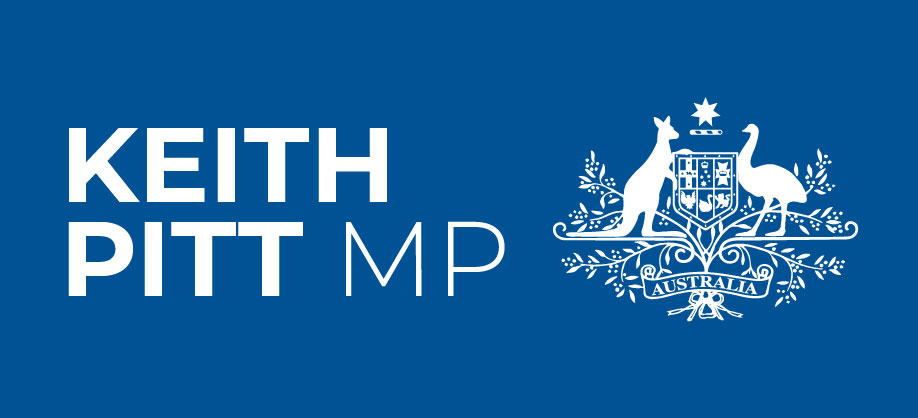PMB – Australian Defence Force Parliamentary Program
That this House:
(1) acknowledges that the Australian Defence Force Parliamentary Program (ADFPP) has enjoyed bipartisan support since its formation in 2001;
(2) recognises the importance of providing an opportunity for Parliamentarians to experience life working alongside Australian Defence Force (ADF) personnel;
(3) notes that the ADFPP provides ADF personnel with direct access to Members of Parliament in their own workplace or as a part of the exchange program to Parliament House; and
(4) expresses gratitude to ADF personnel who make ADFPP a great success.
The bipartisan Australian Defence Force Parliamentary Program offers a unique and often intimate firsthand experience of the challenges of service life. It also gives a broader understanding of the capabilities of the Australian Defence Force and the application of military power in the pursuit of strategic government policy. Between 2001 and the end of 2014, about 340 attachment options were undertaken by federal parliamentarians, 120 by senators and 220 by members of the House of Representatives. Of the 34 participants in 2014, 19 undertook their first attachment and, by all accounts, their experience was excellent.
In a bid to better understand the daily demands placed on our Defence personnel, exactly 12 months ago yesterday I boarded Australia’s navy frigate HMAS Newcastle as part of the federal parliamentary exchange program. For much of the time they conducted work-up exercises under the supervision of the Navy’s Sea Training Group. I had access to all operations, a flight on the ship’s support helicopter, boarding parties, damage control and the general life of our naval personnel. It was an experience I will never forget.
The other important element of the program is the annual exchange of up to 15 Australian Defence Force members from all ranks conducted during a sitting week, usually in September of each year. The exchange element of the program allows the Australian Defence Force participants to gain a unique insight into the operation of parliament and the daily working routine of their hosts.
The program culminates each year with the military dining-in night. For many, it is an opportunity to experience another fine tradition of the military, receive a commemorative award and share experiences with fellow travellers. At the 2014 dinner we heard the member for Parramatta, Julie Owens, speak to her five previous attachments, starting with her first experience with the Regional Force Surveillance Unit in Arnhem Land. The second speaker was the member for Riverina, Michael McCormack, who spoke of his attachment last year to the Middle East region. So, as you can see, Madam Deputy Speaker, the ADF Parliamentary Program is truly bipartisan.
Seconding this motion today is the Labor member for Gellibrand, Tim Watts. Mr Watts took part in a tour of the Middle East and Afghanistan in April this year. Like all of us who have been fortunate to participate in the program, Mr Watts was moved by the camaraderie and dedication of our diggers, describing them as ‘our modern-day ANZACs’. I thank him for his support here today.
I would also like to thank the member for Forrest, Nola Marino, for her contribution today. Ms Marino has participated in the ADF Parliamentary Program every year since her election in 2007, travelling to places like Afghanistan, and this year she boarded the USS Mercy in Papua New Guinea.
It is this parliament that deploys our Defence personnel to often dangerous and hostile locations. I think it is essential for members of parliament to have at least a rudimentary understanding of the conditions we ask them to work in in the defence of our great nation. It is equally important that we at least try in some way to walk in their shoes so we can better understand what some of our constituents may have experienced.
My electorate, for example, has a larger than average veteran community. They may have retired from service, but every day they continue to make valued contributions to social life and local life. And they inspire our young people—the number of young Hinkler residents applying to join the Australian Defence Force continues to increase significantly. In the 2012-13 financial year, 575 Hinkler residents applied, compared to 744 in the 2013-14 financial year. So far, more than 50 young people from my electorate have applied for the coalition’s reinstated ADF Gap Year program.
While national security is one of the top issues of concern among my constituents, what may come as a surprise to many is that Hinkler has historically received less defence spending than any other electorate in the country. Given the high unemployment rate in my region, that is something I would like to see remedied. I have written to the Minister for Defence to put forward three long-term proposals that are being worked on by the Hinkler community.
They would like to see a naval maintenance base established at the Port of Bundaberg and for Enoggera Barracks to be relocated to the Fraser Coast when it outgrows its current Brisbane site. An advisory group has also been established to produce a business case for the recently decommissioned HMAS Tobruk to be sunk in Wide Bay to create a military dive wreck and fish breeding ground. It would complement our Fraser Coast military heritage trail and the Rats of Tobruk Memorial in Bundaberg. It would create an additional tourism industry to keep boats in the water when the whales and nesting sea turtles are not present. It is a plan that would be of enormous benefit to our local economy, one that would see a military asset continue to serve the people of Australia well after its retirement.
Finally, I would like to commend the Parliamentary Secretary to the Minister for Defence, Darren Chester MP, for his oversight of the parliamentary exchange program. It is a very worthwhile venture that benefits current ADF members, parliamentarians and indeed our veterans communities.
The DEPUTY SPEAKER: Is the motion seconded?

